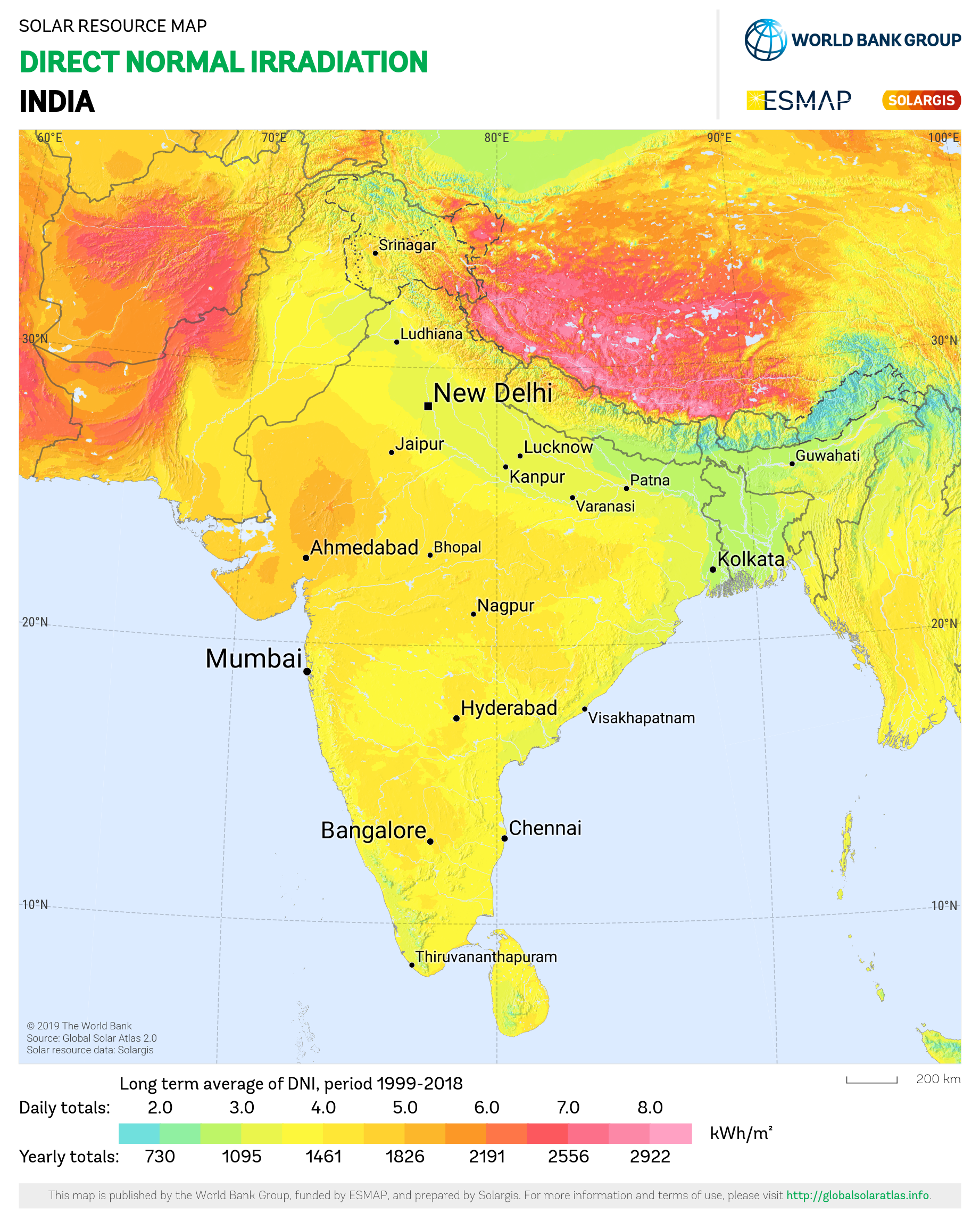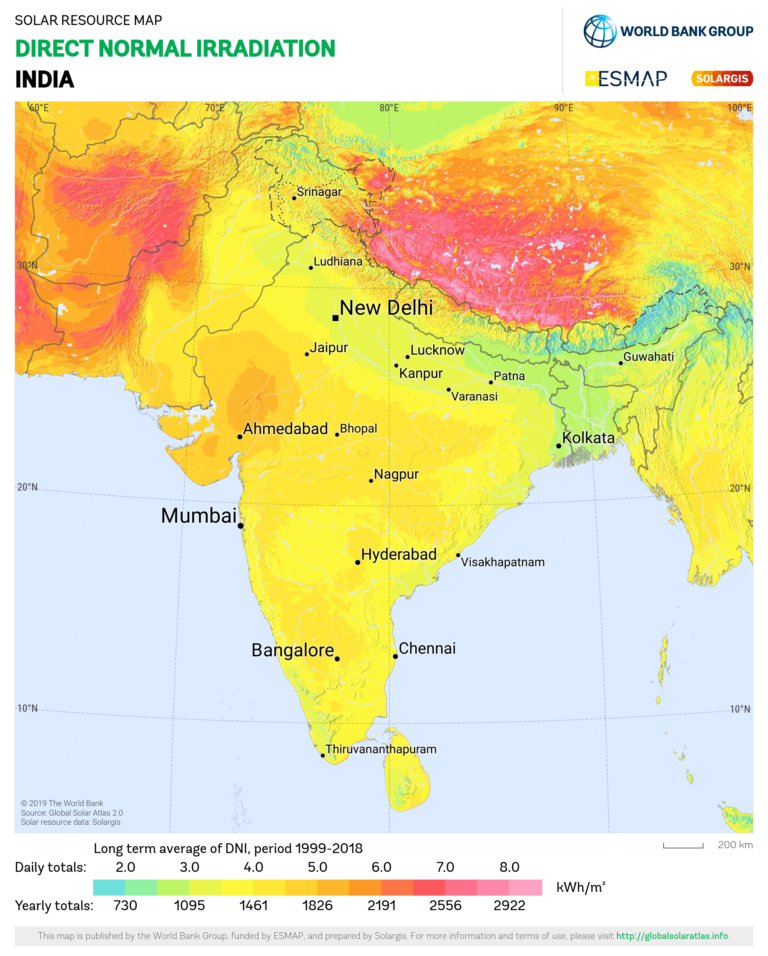
# Renewable Nation: Katsina’s Commitment to a 10MW Wind Farm Project
As the world embarks on an ambitious journey toward sustainability, Nigeria’s Katsina State is taking significant steps to harness renewable energy. Recently, Governor Dikko Umar Radda pledged to complete the long-abandoned 10MW wind farm project in the region. This commitment not only reflects the government’s dedication to boosting the local economy but also underscores the importance of transitioning to renewable energy sources.
## The Vision Behind the 10MW Wind Farm
### A Renewed Focus on Renewable Energy
The Katsina wind farm project represents a pivotal move toward establishing a renewable nation.
– **Economic Diversification**: By investing in renewable energy, Katsina is diversifying its economy, potentially reducing its reliance on fossil fuels.
– **Job Creation**: Completion of the wind farm promises new job opportunities in construction, maintenance, and operation of renewable energy facilities.
– **Sustainable Development**: This initiative aligns with global efforts towards sustainable, environmentally friendly energy production.
### Why Wind Energy?
Wind energy is a clean, renewable resource that can significantly reduce carbon emissions. Here are some key benefits:
– **Low Operational Costs**: Once established, wind energy systems require low ongoing operational costs.
– **Energy Independence**: Wind farms can help reduce dependence on imported fossil fuels, thereby enhancing energy security.
– **Minimal Environmental Impact**: Wind installations have a relatively low impact on wildlife compared to other forms of energy production.
## The Hybrid System
Interestingly, the Katsina wind farm project is set to incorporate solar energy, creating a hybrid system to achieve the desired 10 megawatts (MW) output. This approach is expected to bring several advantages:
– **Improved Reliability**: A hybrid system allows for a consistent energy supply throughout the year, leveraging the strengths of both wind and solar power.
– **Optimal Resource Utilization**: Utilizing both wind and solar can maximize electricity generation potential, catering to fluctuating energy demands.
– **Cost-Effectiveness**: A combined approach could mitigate initial setup costs, leading to higher efficiency in energy production.
## The Road Ahead: Challenges and Solutions
While the project shows promise, several challenges need to be addressed to ensure successful completion:
### Infrastructure Development
– **Access Roads**: Construction and maintenance of access roads are crucial for transporting equipment and personnel.
– **Grid Integration**: Upgrading the local electricity grid is fundamental for integrating wind energy into the existing power supply system.
### Financial Investment
– **Funding Sources**: Secure financing from government and private sectors will be necessary for project completion. Public-private partnerships could be an avenue to explore.
– **Incentives for Investors**: Providing incentives can attract more investors into the renewable energy sector.
### Community Engagement
– **Local Involvement**: Engaging local communities in the decision-making process can enhance project acceptance and boost local support.
– **Education and Training**: Investing in training programs for residents can ensure that they are equipped to benefit from job opportunities that arise from the project.
## The Role of Government and Policymaking
The Katsina wind farm project is not just a state-level initiative; it represents a larger vision of the Nigerian government’s commitment to renewable energy. Strong policy frameworks and government support will be needed to drive this transition.
– **Regulatory Frameworks**: Establishing clear regulatory guidelines can provide a stable environment for investors.
– **Long-term Energy Policies**: A strategic plan emphasizing renewable energy can guide future investments and innovations.
## A Case for Renewable Energy in Nigeria
According to the Nigeria Renewable Energy Master Plan (NREMP) published by the Energy Commission of Nigeria, the country has vast renewable energy potential, including wind, solar, and hydro. These resources can be harnessed to meet the growing energy demand and ensure sustainable development.
### International Examples of Success
Countries like Denmark and Germany have successfully transitioned to renewable energy, making significant strides in wind energy utilization. Learning from their experiences can provide valuable insights for Nigeria.
– **Denmark’s Wind Power**: As of 2020, wind energy accounted for approximately 47% of Denmark’s total electricity consumption.
– **Germany’s Energiewende**: Germany’s commitment to transitioning to renewable energy has led to the establishment of thousands of wind farms, significantly reducing greenhouse gas emissions.
## Conclusion: Paving the Way for a Sustainable Future
The pledge by the Katsina government to complete the 10MW wind farm is a crucial step toward establishing a renewable nation. By overcoming challenges through strategic planning, community involvement, and leveraging international success stories, Nigeria can harness its immense renewable energy potential.
### Call to Action
Are you interested in supporting renewable energy projects in Nigeria? Consider advocating for local initiatives and staying informed about how you can contribute to a sustainable future.
Remember, your voice matters! Let’s discuss how we can collectively work toward a greener planet.
For more insights into renewable energy developments, you might find these articles interesting:
– [The Future of Solar Power in Nigeria](#)
– [How Wind Energy
